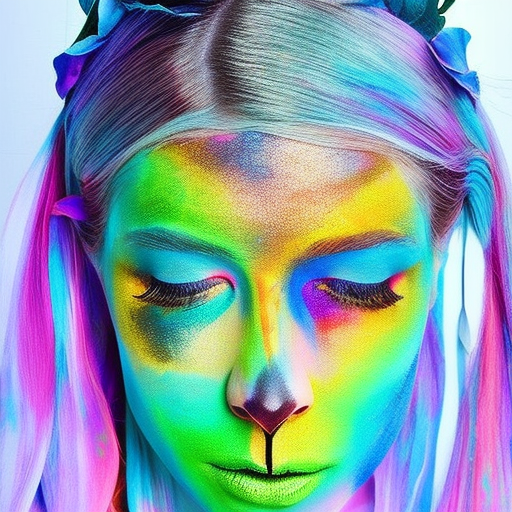Summary:
Body paint is a form of artistic expression that involves applying paint or pigments directly onto the human body. It has been practiced for centuries by various cultures around the world and has gained popularity in recent years as a form of body art and performance. Body paint can be used for a variety of purposes, including cultural traditions, artistic expression, and advertising. It allows individuals to transform their bodies into living canvases, creating stunning visual effects and conveying powerful messages.
The History of Body Paint
Body paint has a long history, dating back thousands of years. It has been used by indigenous cultures for various purposes, such as tribal rituals, religious ceremonies, and cultural celebrations. In ancient Egypt, body paint was used to adorn the bodies of pharaohs and high-ranking individuals. In Africa, body paint was used to signify social status and tribal affiliations. In Asia, body paint was used in traditional theater performances and festivals. In the Americas, indigenous tribes used body paint for spiritual and cultural purposes.
Types of Body Paint
There are various types of body paint available, each with its own unique characteristics and application methods. Some common types include water-based body paint, oil-based body paint, and airbrush body paint. Water-based body paint is the most popular and widely used type, as it is easy to apply, dries quickly, and can be easily removed with soap and water. Oil-based body paint provides a more vibrant and long-lasting color but can be more difficult to remove. Airbrush body paint is applied using an airbrush gun, creating smooth and even coverage.
Uses of Body Paint
Body paint is used for a wide range of purposes, including cultural traditions, artistic expression, and advertising. In many indigenous cultures, body paint is still used today to celebrate important events, such as weddings, festivals, and coming-of-age ceremonies. It is also used in theater and performance art to create visually striking characters and costumes. Body paint is often used in advertising campaigns and promotional events to grab attention and create a memorable brand image.
Body Paint as Art
Body paint has gained recognition as a legitimate form of art in recent years. Artists around the world use body paint to create stunning works of art, often incorporating the human body as a canvas. Body paint art can range from intricate designs and patterns to realistic portraits and landscapes. It allows artists to explore the unique contours and shapes of the human body, creating visually captivating and thought-provoking pieces.
Challenges and Considerations
While body paint offers a unique and versatile medium for artistic expression, there are certain challenges and considerations to keep in mind. The application process can be time-consuming and requires skill and precision. The type of paint used should be safe for the skin and non-toxic. It is also important to consider the comfort and consent of the individuals being painted, as body paint often involves close physical contact. Additionally, body paint may not be suitable for individuals with certain skin conditions or allergies.
The Future of Body Paint
As body paint continues to gain popularity, its future looks promising. Artists are pushing boundaries and exploring new techniques and styles. Body paint festivals and competitions are becoming more common, providing a platform for artists to showcase their talent. With advancements in technology, such as UV-reactive paints and digital body painting, the possibilities for body paint as an art form are expanding. Body paint is likely to continue evolving and captivating audiences with its unique blend of art and the human form.












